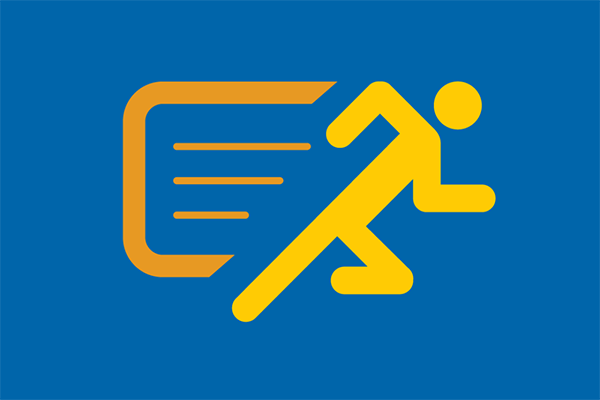Sample Critical Supplies List for Health Centers and Clinics
This proposed sample list is designed to serve as a reference point and an initial planning framework offering critical supply related considerations for health centers in emergency preparedness planning and supply chain readiness. It is based on guidance from the World Health Organization, the U.S. Centers for Disease Control and Prevention, emergency operations plans and other resources highlighting critically needed healthcare supplies that have previously experienced and/or been at risk for major supply disruptions. For more on how to work with your teams to develop and expand upon this list, view this resource.
This list is not exhaustive, nor required, and it is expected that facility needs around specific supply types, models, and quantities will vary among providers based on geographic area, patient population, specific known hazards in the area, and other factors.
For this reason, health centers should first conduct an All-hazards Risk Assessment or Hazard Vulnerability Analysis (HVA) to determine key vulnerabilities as well as a comprehensive internal facility/provider assessment (see Healthcare Ready Guide to Developing Critical Supplies Lists for Health Centers and Clinics) of current critical supply inventory, typical usage patterns (burn rates) and expected capabilities-based supply needs in an emergency scenario to further inform facility supply procurement strategy.
It is widely accepted that external supply assistance (obtaining assets from local, regional, state, and/or federal channels) in disasters will be delayed, if even available. For instance, the U.S. Strategic National Stockpile (SNS), when activated by a national public health emergency declaration, can take a minimum of 24-72 hours to arrive to requesting facilities. For this reason, having more immediate access to critically needed supplies to cover a minimum of a 72-hour period, but optimally 2-4 weeks of operations, is suggested. Health centers may explore strategies for developing emergency caches or other access means to critical supplies using collaborative procurement models outlined in the companion resource, Collaborative Procurement Playbook: Enhancing Community Health Center Supply Chain Preparedness and Resilience.
Click on the yellow button below to download a sample critical supplies list.
Supply Chain Training Webinars and Resources
View reports and resources on supply chain resilience strategies
- Supply Ready Report: Leading Practices for Supply Chain Resilience [Report]







